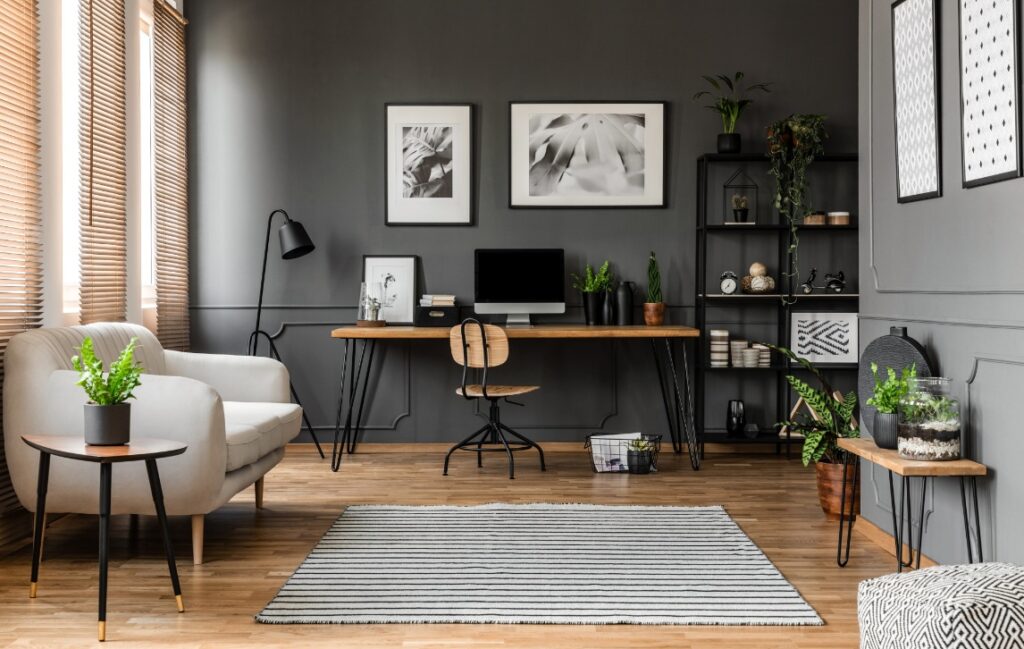Point 18
Home Office Setup: Your Gateway to Productivity
Assessing the Need and Optimal Space for Your Work-from-Home Hub
In today’s digitally connected world, the home office has become more than a luxury; it’s often a necessity. Whether you’re a full-time remote worker, an entrepreneur, or simply someone who brings work home occasionally, having a dedicated workspace can significantly boost your productivity and well-being. Our home office evaluation aims to understand your work needs, the kind of space you require, and how it can fit seamlessly within the existing layout of your home. We assess potential locations, the ergonomic design of your workspace, and the logistical considerations like power outlets and Wi-Fi connectivity, ensuring you get the most functional and pleasing work area possible.
Crafting Your Ideal Home Office: A Balance Between Functionality and Comfort
Tailoring the Space to Suit Your Work Needs and Personal Preferences
The concept of a home office has evolved over the years, transforming from a simple desk in the corner to fully-equipped, dedicated rooms that rival professional office spaces. The importance of a well-designed home office has especially been highlighted by the increasing trends in remote work and flexible work schedules. Below are key points that define the success of a home office setup.
Assessing the Need: Why Do You Need a Home Office?
The first and perhaps the most crucial step is understanding why you need a home office. Is it for full-time remote work, occasional freelancing, or just a quiet space for brainstorming and reading? The purpose will define the scope of your home office setup, dictating the type of furniture, technology, and even the ambiance that you would require.
Location, Location, Location
You might have limited options for setting up your home office, but the location can significantly impact your productivity. It should be in a quiet part of the house, away from distractions like the TV or household chores. Proximity to natural light and ventilation can also be a big plus, as it adds to a healthier and more productive work environment.
Ergonomics: Don’t Compromise on Comfort
Your comfort should be a priority when setting up your home office. This includes choosing an ergonomic chair that supports your back, positioning the computer monitor at eye level, and ensuring that you have enough desk space for all your work essentials. Ergonomics isn’t just about comfort; it’s also about your long-term health and well-being.
Logistics: The Devil is in the Details
A well-planned home office will have enough electrical outlets for all your gadgets, robust Wi-Fi connectivity, and perhaps even wired internet for a more stable connection. The availability of storage options like filing cabinets, shelves, or even just a drawer to keep your work-related items can also be invaluable.
Aesthetic and Ambiance: Make It Yours
Your home office should be an inspiring space where you want to spend time. Add a touch of personal style through wall art, indoor plants, or color schemes that elevate your mood. The ambiance can make a world of difference in your productivity levels.
Conclusion
Creating a home office is more than just allocating a space and throwing in some furniture. It requires a thoughtful approach to design, ergonomics, and logistics to create a functional and comfortable environment. Whether it’s a small corner in your bedroom or a separate room altogether, a well-designed home office can significantly enhance your productivity, making it a valuable addition to your home.



